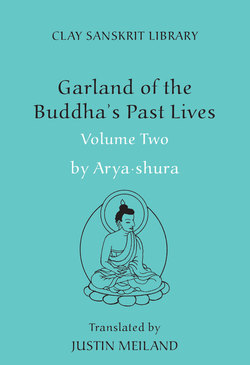Читать книгу Garland of the Buddha's Past Lives (Volume 2) - Aryashura - Страница 10
ОглавлениеI n this second volume of the “Garland of the Buddha’s Past Lives” (Jatakamala), fourteen further stories recount the Buddha’s past lives as a Bodhi·sattva.1 Although there are key thematic continuities with the first volume—in particular the idealized notion of a virtuous renouncer-king, the anti-householder path of the ascetic, and the Bodhi·sattva’s role as a compassionate savior—the division is not entirely an artificial one. Not only does the narrative move on to the third perfection, that of forbearance (ksanti), there are also other shifts in focus as animal stories take precedence and the notion of proper friendship becomes central.
The Perfection of Forbearance
The introduction to the first volume of the “Garland of the Buddha’s Past Lives” (Meiland 2009) discussed how stories 1–30 appear to be structured around the first three “perfections” (paramita) of giving (dana, stories 1–10), virtue (sila, 11–20), and forbearance (ksanti, 21–30). The last four stories (31–34) do not appear to reflect the fourth perfection of vigor (virya) but instead seem to return to the first three perfections, with stories 33–34 clearly portraying forbearance. According to this analysis, forbearance should therefore be the dominant theme of the present volume (stories 21–34). But, as we shall see, this assumption requires certain qualifications.
“Forbearance” is portrayed in various ways in the “Garland of the Buddha’s Past Lives” but perhaps the most ________
